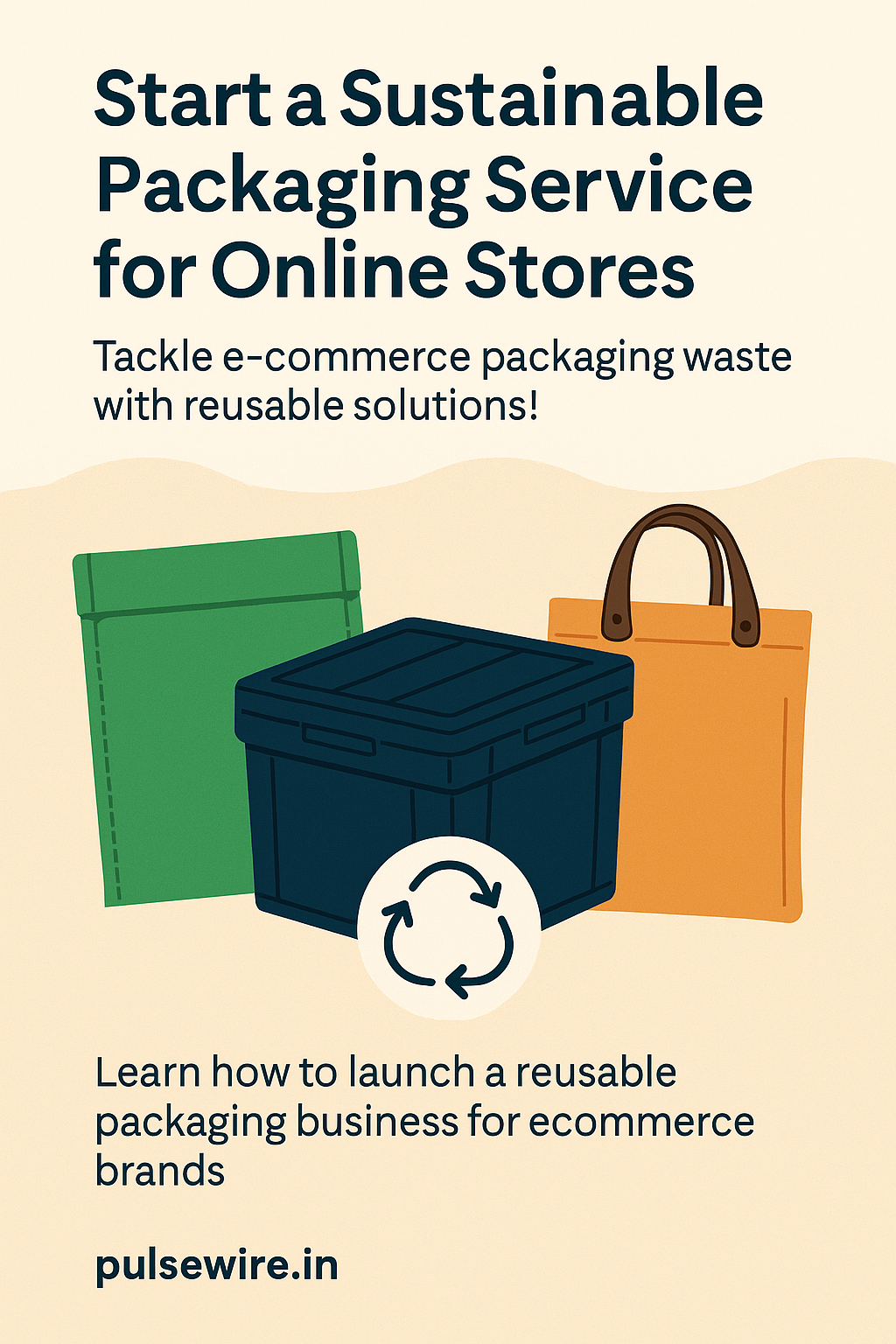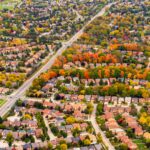Published on: June 18, 2025 | By: Pulsewire

1. Introduction: One Space, Double Harvest – The Magic of Integrated Farming
In today’s agricultural world, land is limited and operational costs are on the rise. So what if a single farming model could double your output while cutting waste and increasing income?
Welcome to Integrated Aqua-Livestock Farming, a sustainable system that places poultry or goats above or beside fish ponds — creating a self-sufficient ecosystem where animal waste becomes fish nutrition.
In this guide, we’ll explore:
- What integrated aqua-livestock farming is
- The benefits of combining livestock with aquaculture
- Step-by-step setup for fish + poultry or goat systems
- Key challenges and smart solutions
2. What is Integrated Aqua-Livestock Farming?
Integrated aqua-livestock farming is a mixed system where fish are reared in ponds, while poultry (usually chickens) or goats are raised either directly above or adjacent to the pond.
How the Loop Works:
- Animal droppings enrich the pond with nitrogen and phosphorus.
- This boosts plankton (algae and microorganisms), which fish naturally feed on.
- Result: Reduced feed costs, efficient recycling, and enhanced productivity.
According to ICAR – Integrated Farming Systems, this model supports climate-resilient agriculture and circular sustainability.
3. Why Combine? The Powerful Benefits
✅ Optimized Land Use
Vertical stacking of animal housing over ponds maximizes limited land, giving higher returns per square foot.
✅ Lower Feed Costs
Livestock waste naturally fertilizes the pond, reducing dependency on commercial feed — sometimes cutting feed costs by 30–40%.
✅ Efficient Waste Recycling
What was waste is now input. The system converts animal droppings into nutrition for fish, reducing environmental burden.
✅ Dual Income Streams
From eggs, milk, or meat to fish harvests, this model generates multiple income channels for better financial security.
✅ Resource Efficiency
Sunlight, water, and nutrients are recycled, reducing external inputs.
As per NFDB India, this multi-resource model empowers small and marginal farmers to increase profits sustainably.
4. Aqua-Poultry (Fish & Chickens): The Most Common & Effective Model
How It Works:
- A raised poultry shed is built directly above the pond.
- Chicken droppings fall directly into the water, fertilizing it.
- Natural algal growth becomes free fish food.
Advantages:
- Cuts fish feed costs by up to 40%
- Higher yield from the same footprint
- Lowers waste management expenses
Key Considerations:
- Water Quality: Monitor pH, ammonia, and DO levels weekly. Use basic pond testing kits for safety.
- Poultry Health: Ensure vaccinations and clean housing.
- Shed Design: Use mesh flooring for waste drop-through, ventilation, and bird safety.
5. Aqua-Goat (Fish & Goats): A Different Approach, Unique Benefits
How It Works:
- Goats are reared beside (not above) ponds.
- Manure is collected, composted, and applied to pond water.
Advantages:
- Adds income from meat, milk, and vermicompost
- Controlled composting reduces water quality risks
- Compost can also fertilize crops
Key Considerations:
- Robust Housing: Keep goats dry and disease-free
- Manure Management: Follow best composting practices
- Controlled Application: Avoid direct manure dump to prevent ammonia spikes
6. Essential Setup Checklist Before You Begin
✅ Research: Know your climate, livestock needs, and eligible government schemes for integrated farming
✅ Site Selection: Choose well-drained land with clean water access
✅ Pond Design: 1.2–1.5 meters depth; include aeration and filters for fish health
✅ Livestock Shed: Strong platforms for poultry above ponds or goat sheds adjacent
✅ Disease Control: Regular vaccinations and strict hygiene protocols for both fish and livestock
✅ Water Testing: Monitor DO, pH, ammonia biweekly with affordable kits
✅ Legal Permissions: Check local environmental and livestock norms
7. Conclusion: Towards a Smarter, More Sustainable Future
Integrated aqua-livestock farming isn’t just an innovation – it’s a smarter future. It recycles what used to be waste into productivity and turns limited land into a powerhouse of output.
With proper planning and consistent care, this farming model helps build a resilient, sustainable, and profitable system ready to meet tomorrow’s agricultural challenges.
💬 Call to Action
👉 Have you tried or planned an integrated farming model? Share your insights in the comments!
👉 Need help with pond setup or animal housing? Drop your questions below!
👉 For more smart agriculture guides, follow Pulsewire.in and grow smarter.
🧑💻 About the Author
Sandeep Jadhav is a freelance content writer with a strong interest in sustainable agriculture and smart farming techniques. At Pulsewire, he focuses on simplifying complex rural innovations like integrated farming, helping readers understand practical methods that can boost income and land efficiency.









